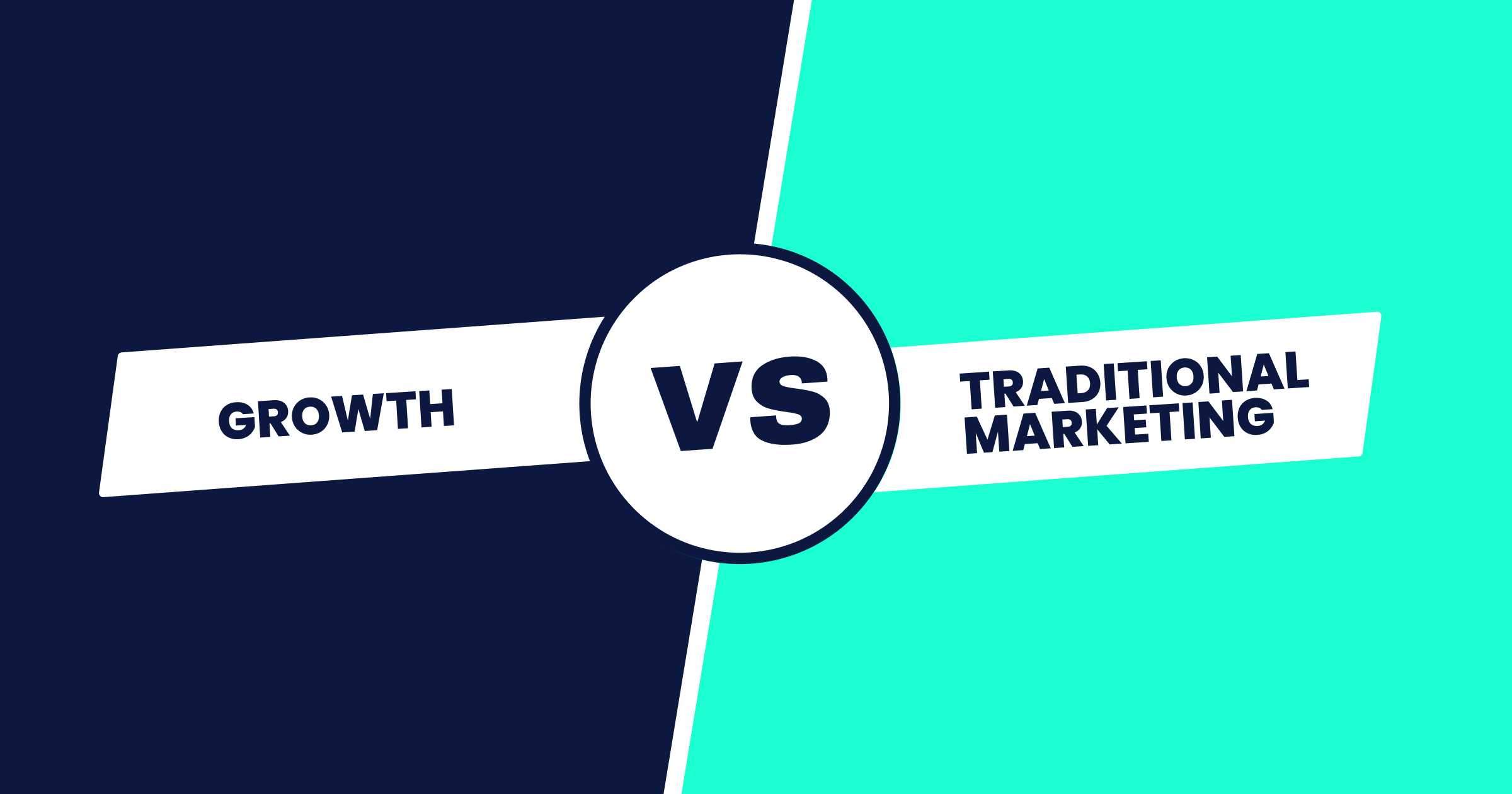In the ever-evolving world of marketing, understanding the differences between growth marketing and traditional marketing is crucial for businesses aiming to scale and succeed.
Both approaches have their merits, but they cater to different needs and objectives.
This article will explore the key differences between growth marketing and traditional marketing, helping you determine which strategy is right for your business.
What is Growth Marketing?
Growth marketing focuses on the entire customer lifecycle, from acquisition to retention and beyond. It employs a data-driven, iterative approach to optimize every stage of the customer journey. Growth marketers experiment with various tactics, analyze results, and refine strategies based on performance insights.
Key Characteristics of Growth Marketing:
Data-Driven: Relies heavily on data to make informed decisions and measure success.
Customer-Centric: Focuses on understanding and addressing customer needs and pain points.
Iterative Process: Continuously tests and optimizes marketing tactics.
Full-Funnel Approach: Covers the entire customer journey, from awareness to advocacy.
Experimentation: Emphasizes testing and learning to identify effective strategies.
What is Traditional Marketing?
Traditional marketing encompasses conventional methods of advertising and promotion, such as print ads, TV commercials, radio spots, and billboards. It typically focuses on brand awareness and reaching a broad audience through mass media channels.
Key Characteristics of Traditional Marketing:
Brand-Centric: Primarily aims to build brand recognition and loyalty.
One-Way Communication: Delivers messages to a broad audience without direct interaction.
Fixed Campaigns: Uses predefined campaigns with a set duration and budget.
Mass Media Channels: Utilizes TV, radio, print, and outdoor advertising.
Reach and Frequency: Measures success based on the reach and frequency of ads.
Comparing Growth Marketing and Traditional Marketing
1. Approach and Focus
Growth Marketing: Takes a holistic, customer-centric approach. Focuses on acquiring, retaining, and nurturing customers through personalized and data-driven tactics.
Traditional Marketing: Brand-centric and aims to build brand awareness and loyalty. Uses broad, one-way communication channels to reach a large audience.
2. Measurement and Analytics
Growth Marketing: Relies on detailed analytics and performance metrics. Uses data to continuously test, optimize, and refine strategies.
Traditional Marketing: Measures success through reach, frequency, and overall brand recognition. Often lacks the granular data needed for precise optimization.
3. Customer Interaction
Growth Marketing: Engages with customers throughout their journey, providing personalized experiences and addressing their needs.
Traditional Marketing: Limited interaction with customers. Delivers messages through mass media without direct engagement.
4. Flexibility and Adaptability
Growth Marketing: Highly flexible and adaptable. Continuously experiments and adjusts tactics based on real-time data.
Traditional Marketing: Less adaptable due to fixed campaign structures. Changes require significant time and resources.
5. Channel Utilization
Growth Marketing: Uses a mix of digital channels, including social media, email, content marketing, SEO, and more. Focuses on where the customers are.
Traditional Marketing: Relies on traditional media channels like TV, radio, print, and outdoor ads. Focuses on reaching a broad audience.
Which Strategy is Right for Your Business?
Choosing between growth marketing and traditional marketing depends on your business goals, target audience, and resources.
Growth Marketing: Ideal for businesses looking to optimize the entire customer journey, leverage data for continuous improvement, and engage with customers on a deeper level.
Traditional Marketing: Suitable for businesses aiming to build broad brand awareness and reach a large audience through mass media channels.
Conclusion
Both growth marketing and traditional marketing have their place in a comprehensive marketing strategy. Understanding the differences and how each approach can benefit your business will help you make informed decisions and achieve your marketing goals.
Ready to dive into growth marketing and see how it can transform your business? Start experimenting with data-driven strategies today and watch your growth soar!
Marketing
Growth
Strategy
Comparison
